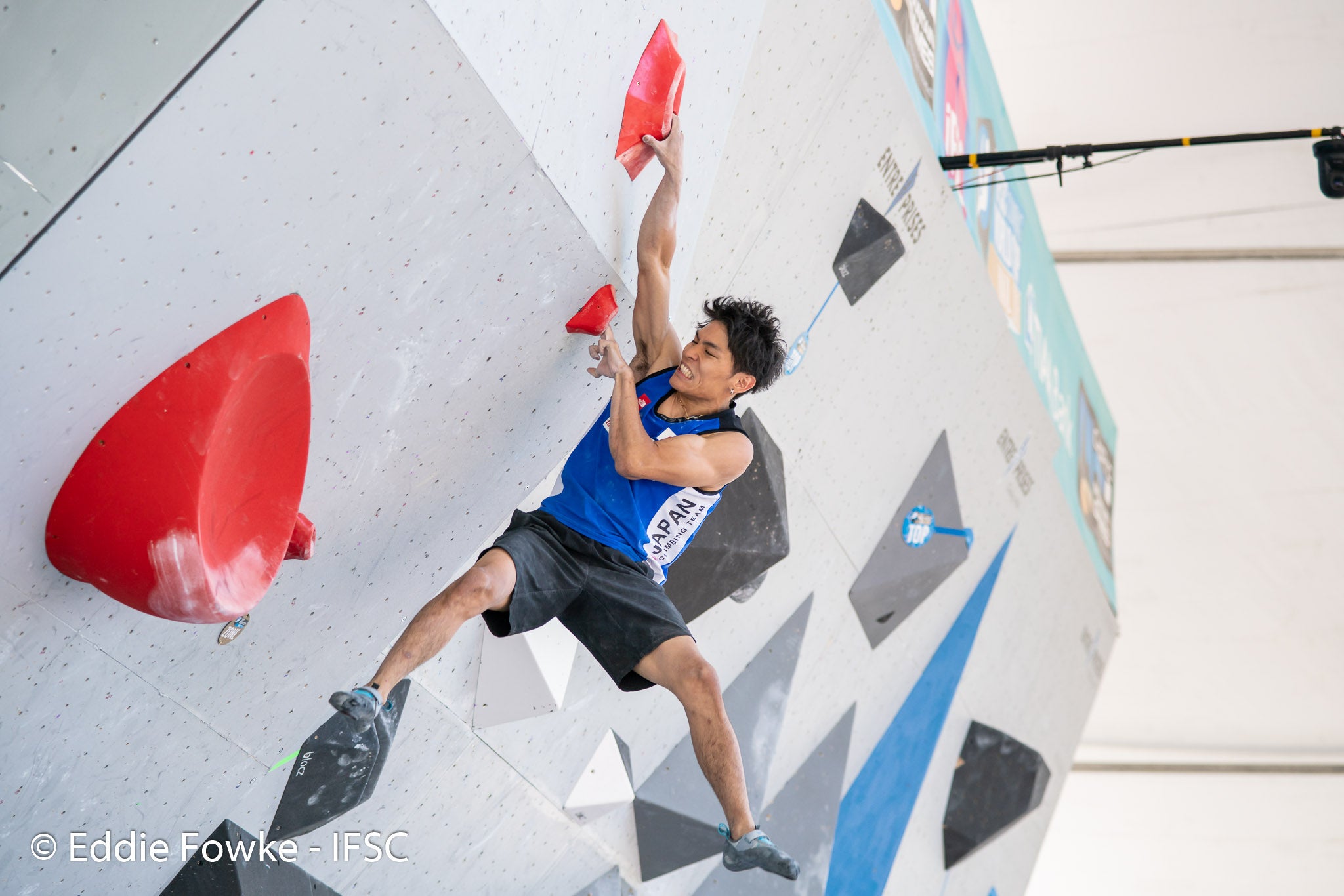What 2 fingers to use for 2 finger pocket
|
|
|
|
|
|
|
|
I use index and middle finger cause I always be injuring my ring fingers |
|
|
I use whatever gets more meat in that pocket. Sometimes, when I have the time, I’ll adjust which fingers fit best. Depending on the move off of the pocket I can get finger jam. If I’m moving desperately into a 2 finger pocket, using my middle and ring allows me to stab at the pocket easier since that combo of fingers is offers more margin for error. I do think, for me, when given the choice my middle and index are stronger thus helping me pull harder and also avoid injuring a finger. My ring finger has been the main culprit as far as finger injuries go but your mileage may vary. Because of overall weight vs finger strength, I avoid pocketed climbs generally. But I don’t avoid them completely. AF canyon, echo wall and even thin granite cracks in LCC provide these challenges. Takes practice to find preference, but then there are climbs that demand adaptation where preference doesn’t necessarily exist. I wish I was stronger |
|
|
M Clune wrote: More Meat in that Pocket would be a good route name and/or porn title. |
|
|
It depends on your relative finger lengths and the way the pocket is shaped. I almost always do index and middle, but most people I know do middle and ring. |
|
|
Whichever two fit best, but default for me is middle and ring. |
|
|
For me middle and ring feels stronger, but the index and middle can feel more accurate at times |
|
|
Most always middle and ring. Regardless the right technique needs to be used to prevent injury. |
|
|
Allen Sanderson wrote: This stretch may also help. youtube.com/watch?v=Ke589u3… |
|
|
Always middle and ring for me...but they're a lot closer in length than index |
|
|
Usually for me its middle/ring but sometimes I switch to pointer/middle because it suits the direction of pull better. |
|
|
oskar blues wrote: You should consider using the middle 2 or back 3 fingers occasionally. Sometimes it can put your arm in a better orientation for pulling. I find the decision about which fingers to use in pockets to be a similar process. |
|
|
Allen Sanderson wrote: Maybe that technique is good to prevent injury, but it is also much weaker due to the quadriga phenomenon mentioned in the article (by about 48% according to the article). I've tried training with that technique for a while a few years ago, but eventually gave up. It's just not a natural feeling grip position. Even after training with that grip for a while, whenever I need to pull hard on pockets my hand would naturally go into the position where my other fingers curl up fully. It is just the strongest way to pull on pockets biomechanically. The only time I hurt my finger/hand was pulling hard on a two-finger pocket with what's often called "pocket trauma". But I was not training pockets at the time and didn't really climb much on pockets either. Now I always do some two-finger and mono training when I'm hangboarding even if I don't climb pockets often. But when I do pull on pockets, I can pull hard without feeling like I'm going to injure myself. My opinion is that progressively loading and training a specific grip on a hangboard is a better way to prevent injury than using a weaker and unnatural feeling grip. When you see people crank out one-arm pullups on a mono using the "injury-prone" grip, they didn't just do that for the first time, they trained to get to that point. |
|
|
I appreciate all of your responses. I will try your suggestions when I get outside next. I have been trying it on my hang board so hopefully that will help! |
|
|
Ring and middle if I want a send badly enough to risk injury to the ring. Otherwise, index and middle. On a sustained route with a ton of small pockets, I'll try to alternate between ring and pinky where the feet are decent and index and middle where they aren't. In certain cases, particularly gastons and rests, I'll put my thumb alone into a 2-finger pocket. This seems to reduce fatigue, but it's also a great way to make these otherwise boring routes engaging. |
|
|
A stronger (and maybe smarter) climber than I taught me to always look for thumb catches outside, or on the edge of, pockets. This can work whichever fingers you are using, and the thumb is surprisingly strong. Get the thumb involved, and that helps with endurance and injury prevention. I don't climb a lot of things with two-finger pockets (and I've got relatively small fingers, so some of those are three-finger pockets for me), but when I do, I try to alternate, while I notice that the index and middle combo usually feels stronger. |
|
|
i used to climb on pockets a decent amount, and i think it is a good idea to train and use both pairs. this gives you the advantage of being able to choose which pair feels better for a given pocket, or in some cases on sustained pocket routes to be able to switch back and forth to help spread the fatigue a bit. another thing you can sometimes do is if the pocket can only fit 2 fingers horizontally, but is tall enough for 2 fingers vertically, you can go I/R on the bottom and stack the M on top. kind of a triangle stack. |

 Continue with onX Maps
Continue with onX Maps Sign in with Facebook
Sign in with Facebook























